We have amazing faculty. View the full list below, or use the form to filter the list.
Regular Faculty
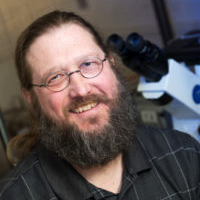
Gregory Amberg, PhD
Professor, Department of Biomedical Sciences
Investigation of calcium channel function in arterial smooth muscle, pituitary gonadotropes, and dopaminergic neurons using a combination of patch-clamp electrophysiology, molecular biology and imaging techniques such as total internal reflection fluorescence (TIRF) microscopy.
Gregory.Amberg@colostate.edu
- Cellular and Molecular

Chuck Anderson, PhD
Professor, Department of Biomedical Sciences
Deep machine learning applied to biomedical images and signals; electroencephalography (EEG) pattern analysis for brain-computer interfaces, reinforcement learning.
Anderson@cs.colostate.edu
- Computational

Ana Clara Bobadilla
Assistant Professor, Department of Biomedical Sciences
Dr. Bobadilla investigates the neurobiological mechanisms of relapse to drugs. Specifically, she characterizes the specific ensembles of neurons linked to reward-seeking behavior. By establishing whether addictive drugs hijack the network coding for biological rewards, her research aims to advance fundamental understanding of goal-directed behaviors and the disorders altering them. ac.bobadilla@colostate.edu

Aga Burzynska, PhD
Associate Professor, Department of Human Development and Family Studies
Age-related changes in brain structure and function; brain-behavior relationships; cognitive and neural plasticity; lifestyle interventions to improve brain health and cognitive abilities; effects of physical activity and fitness on the aging brain and mind, long-term effects of motor training on the brain (professional dancers and athletes).
Agaburza@colostate.edu
- Cognitive and Behavioral

Soham Chanda, PhD
Assistant Professor, Department of Biochemistry and Molecular Biology
Our research objectives fall in the intersection of basic and translational neuroscience. We broadly study several aspects of the neurodevelopmental process, e.g. cellular mechanisms that regulate neuronal function, molecular contributions that determine neuronal specifications, and pathogenic effects of disease-associated genetic mutations that impair neuronal properties. We are also interested in developing novel protocols to directly convert non-neuronal somatic cells or embryonic/induced pluripotent stem (ES/iPS, respectively) cells into human neurons, and using these transdifferentiated neurons to gain mechanistic insights into human neurodevelopment and neurological disorders. Our work employs interdisciplinary techniques, e.g. cellular reprogramming, electrophysiology, high-resolution imaging, molecular biology, gene-expression, and biochemical analyses. Soham.Chanda@colostate.edu
- Cellular and Molecular
- Developmental
- Neurogeneration and Disease

Anne Cleary, PhD
Professor, Department of Psychology
Human memory processes, especially those for human recognition memory. Studied primarily through behavioral methods, but also through measurement of brain electrophysiology and functional neuroimaging.
Anne.Cleary@colostate.edu
- Cognitive and Behavioral

Bradley Connor, PhD
Associate Professor, Department of Psychology
Genetic predictors of personality and engagement in health risk behaviors, including substance use disorders. Structural and functional neuroimaging of impulsivity and sensation seeking.
Brad.Conner@colostate.edu
- Cognitive and Behavioral
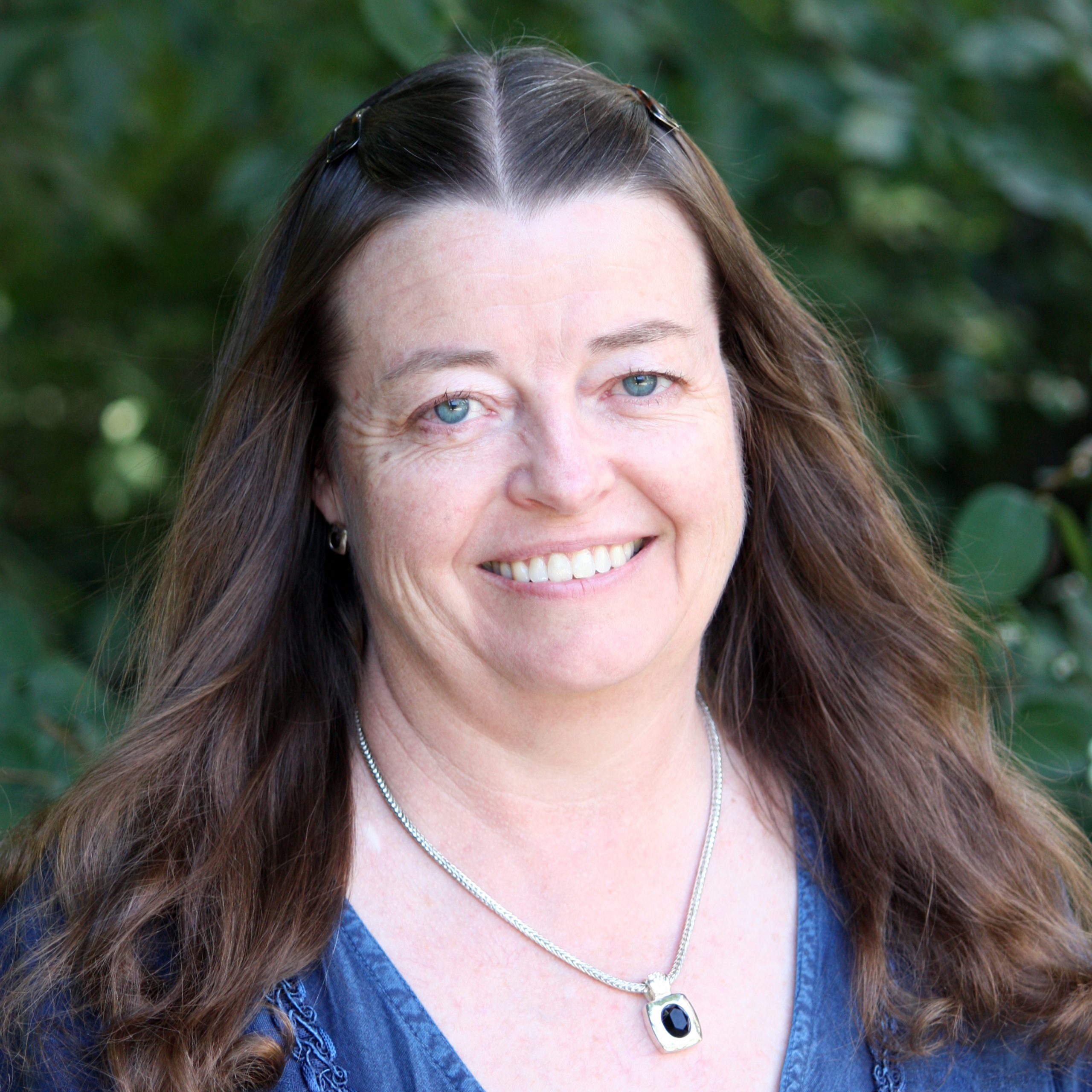
Patricia Davies, PhD
Professor, Department of Occupational Therapy
Examination of neurophysiological mechanisms that underlie cognitive and motor behaviors in children with and without disabilities using electroencephalography (EEG) and event-related potentials (ERPs). Application of brain computer interfaces for persons who have severe motor disabilities.
Patricia.Davies@colostate.edu
- Cognitive and Behavioral,
- Developmental
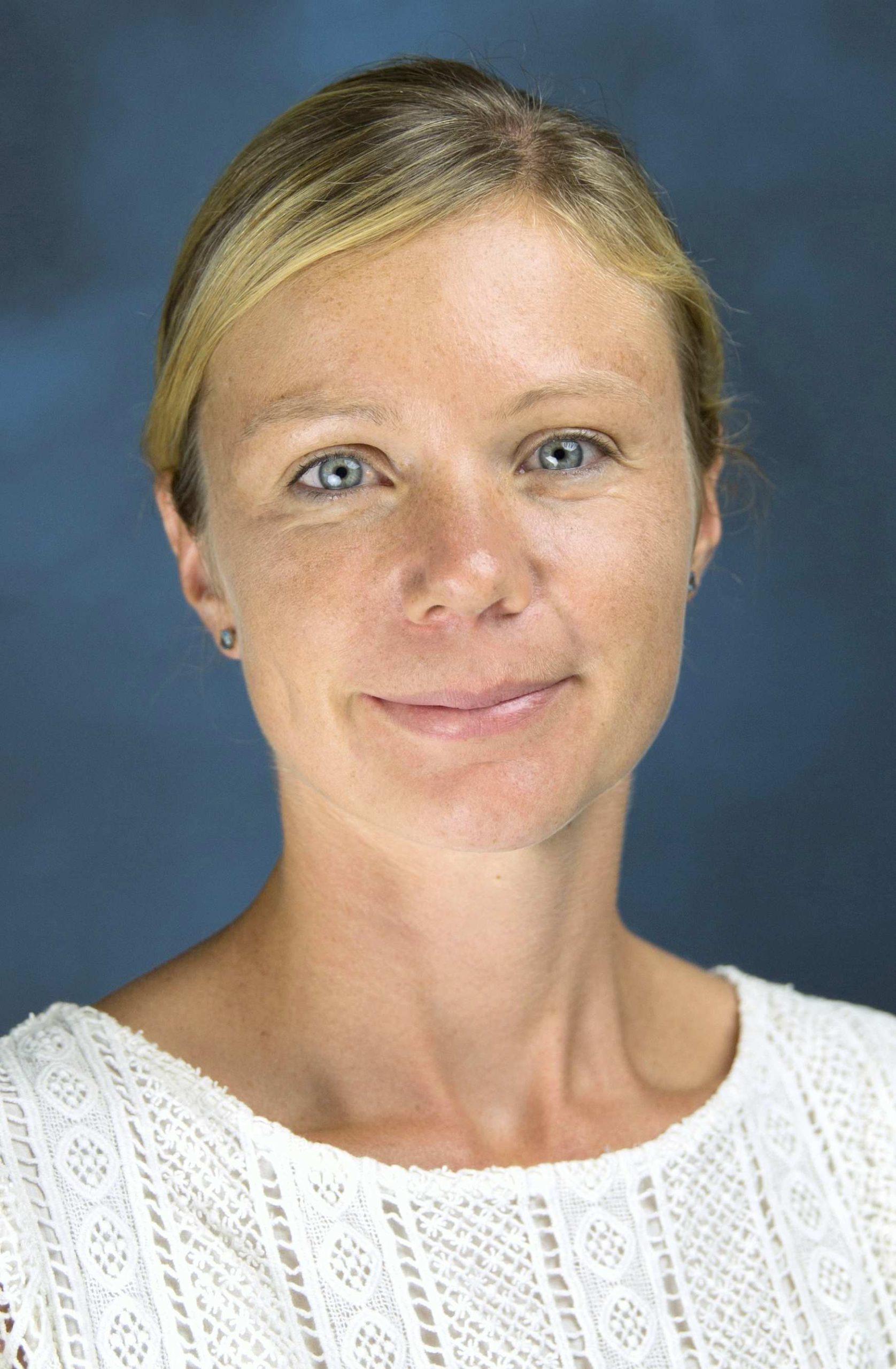
Claire de La Serre
Associate Professor, Department of Biomedical Sciences
My research is centered on understanding how diet composition modulates behavior, in particular feeding behavior. The vagus nerve is a direct neural pathway that conveys post-ingestive feedback from the gastrointestinal (GI) tract to the brain and proper gut-brain communication is critical for regulation of feeding. Thus, my main interest has been to understand how post-ingestive cues from the GI tract are dysregulated to promote overeating. I have focused my efforts on identifying mechanisms by which diet affects vagal sensory neurons signaling, in particular diet-driven alterations in microbiota composition.
claire.de_la_serre@colostate.edu

Bruce Draper, PhD
Professor, Department of Computer Science
Computer vision; image understanding; computational models of human vision.
Bruce.Draper@colostate.edu
- Computational

Brett Fling, PhD
Associate Professor, Department of Health and Exercise Science
A range of neuroimaging techniques including functional and structural magnetic resonance imaging, diffusion tensor imaging and transcranial magnetic stimulation are used to assess the brain’s sensorimotor system. These approaches are integrated with experimental paradigms assessing movement biomechanics to provide a comprehensive view of the neural control of movement. A specific emphasis is place on individuals with sensorimotor dysfunction such as multiple sclerosis, Parkinson’s disease and mild traumatic brain injury.
Brett.Fling@colostate.edu
- Cognitive and Behavioral,
- Neurodegeneration and Disease

Deborah Garrity, PhD
Professor, Department of Biology
The molecular and genetic basis of heart development in zebrafish. Manipulating biomechanical forces that impact embryonic cardiac development. Approaches include forward and reverse genetics, transgenic fish, optical tool development, molecular cloning and RNA expression profiling.
Deborah.Garrity@colostate.edu
- Developmental

Frederick Hoerndli, PhD
Associate Professor, Department of Biomedical Sciences
Investigation of the regulation of Glutamate receptor transport in synaptic function, plasticity and ageing in the model organism C. elegans. We use a combination of molecular biology, genetics, in vivo spinning disk confocal microscopy, microfluidics and behavior analysis to gain mechanistic insights into regulatory mechanisms at the interface of molecular transport and synaptic function.
Frederic.Hoerndli@colostate.edu
- Cellular and Molecular,
- Neurodegeneration and Disease
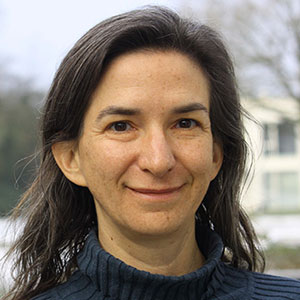
Kim Hoke, PhD
Professor, Department of Biology
Neural systems underlying social behaviors; evolution of behavior; contributions of neuromodulation to context dependence of behaviors; neuroendocrinology; evolution of ear structures and hearing.
Kim.Hoke@colostate.edu
- Circuits and Systems,
- Developmental
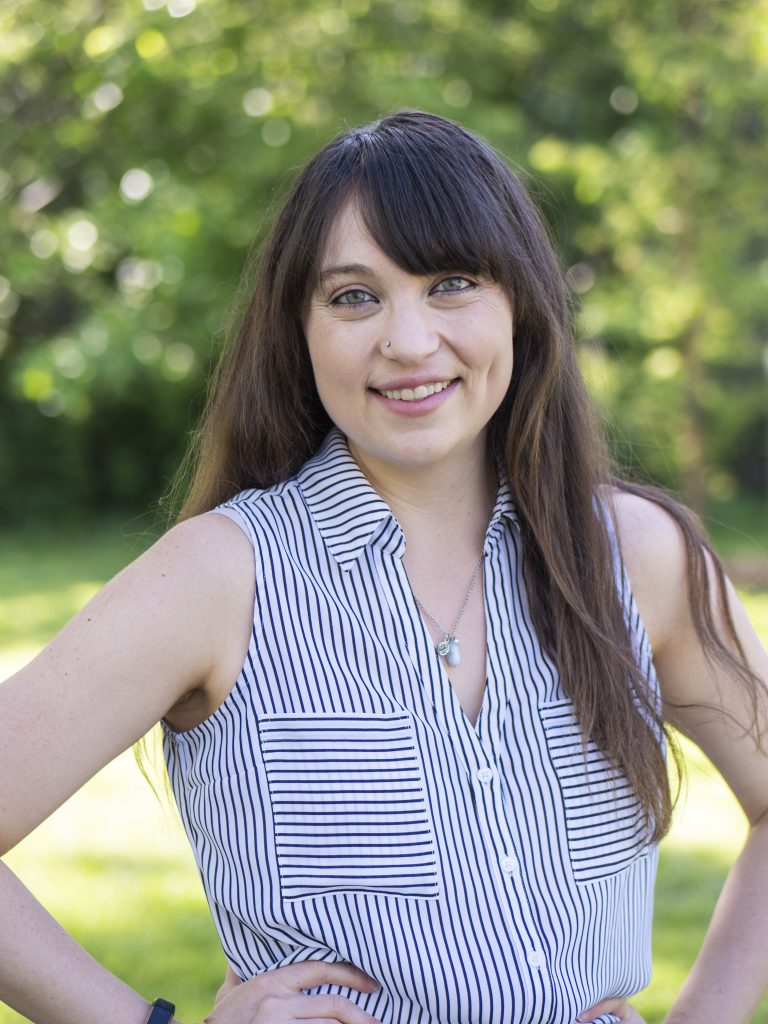
Hollis Karoly, PhD
Assistant Professor, Department of Psychology
My research aims to characterize neural, molecular and behavioral mechanisms underlying the etiology of alcohol use disorders, in an effort to inform treatment development. More specifically, I am interested in how functional impairments along the microbiota-gut-brain-axis (MGBA; which refers to bidirectional interactions between gut microbes, endocrine, autonomic, enteric, immune and central nervous systems) may promote alcohol use behavior and serve as potential treatment targets.
Hollis.Karoly@colostate.edu
- Cognitive and Behavioral

Seonil Kim, PhD
Associate Professor, Department of Biomedical Sciences
Synapse structure and function in neurons. The signaling pathways and receptor trafficking mechanisms that control synaptic transmission and synapse strength. Genetically modified mice to study cognitive function and diseases. cell biology, calcium imaging, biochemistry, and behavioral analysis, as well as electrophysiology to deduce molecular mechanisms that control synapses.
Seonil.Kim@colostate.edu
- Cellular and Molecular,
- Neurodegeneration and Disease

Tom LaRocca, PhD
Assistant Professor, Department of Health and Exercise Science & Cell and Molecular Biology
Dr. LaRocca’s research focuses on the molecular biology of brain aging and diseases like ALS and Alzheimer’s. Because the biological causes of aging and disease overlap significantly, focusing on common mechanisms is the LaRocca lab’s approach for finding ways to increase “healthspan” (the period of life during which we are healthy and productive) and prevent disease. The lab uses a combination of techniques—bioinformatics, cell culture, and studies in C. elegans, mice and humans.
Research Areas: Circuits and Systems, Neurodegeneration and Disease

Neha Lodha, PhD
Associate Professor, Department of Health and Exercise Science & Biomedical Engineering
Neuromuscular mechanisms of impaired motor control in healthy (young and older adults) and diseased populations (stroke and transient ischemic attack). Functional consequences of impaired motor control during activities of daily living such as bimanual gripping, driving, and over-ground walking. Developing rehabilitation protocols for improving motor function.
Neha.Lodha@colostate.edu
- Circuits and Systems,
- Neurodegeneration and Disease

Rick McCosh, PhD
Associate Professor, Department of Biomedical Sciences
We investigate the neural regulation of reproduction, primarily gonadotropin secretion, using mouse and sheep models. Our work involves assessment of hormone secretion and behavior, and the discovery of signaling processes and neurocircuits that underly reproductive function. Techniques include transgenics, viral-based circuit manipulation, pharmacology, tract tracing, as well as protein and RNA analysis.
Rick.McCosh@colostate.edu.
- Circuits and Systems
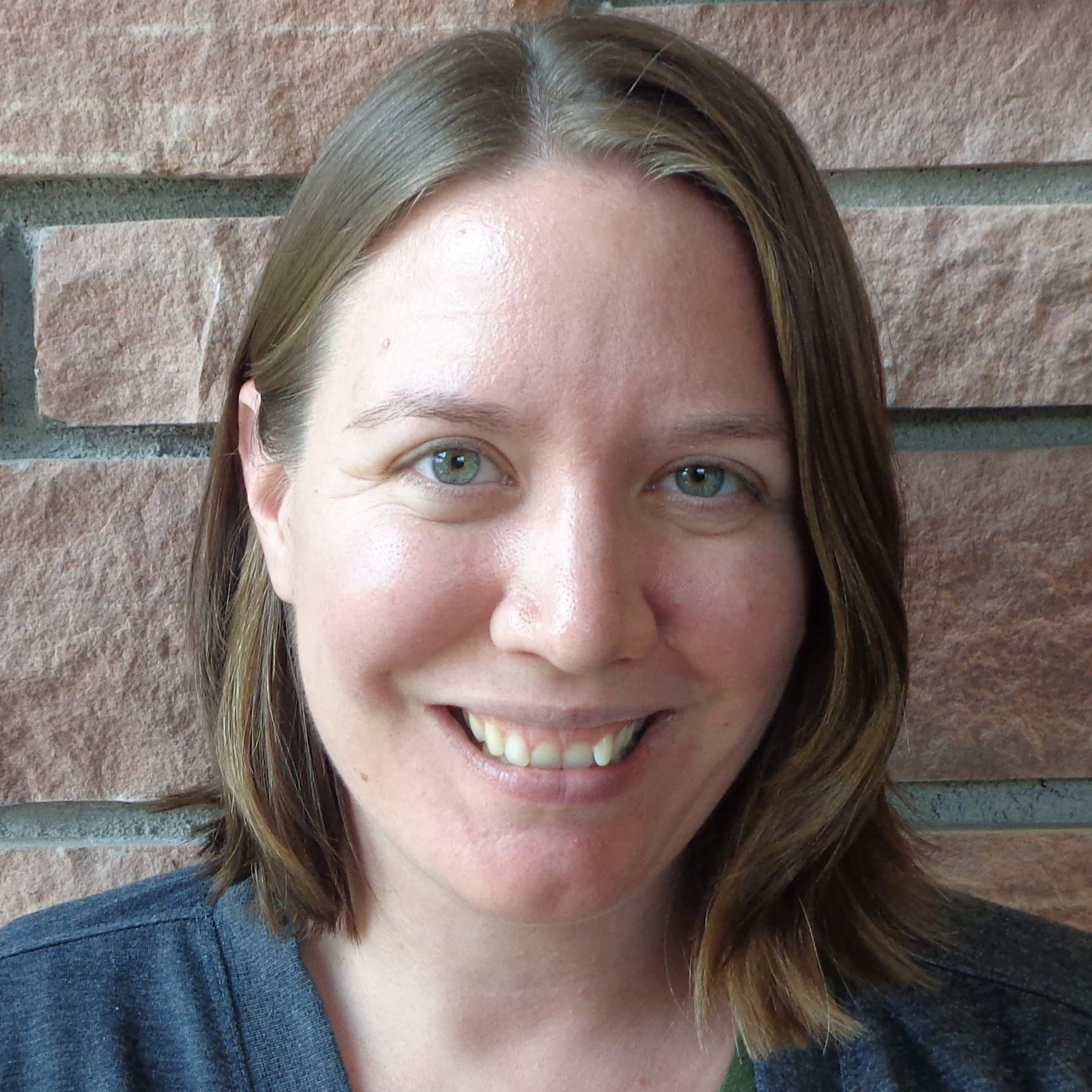
Emily Merz, PhD
Assistant Professor, Department of Psychology
Socioeconomic inequality leads to differences in children’s experiences that impact their growth and development. In the LEARN lab, we study how these experiences may impact the developing brain to better understand ways to support families and communities and reduce the effects of disadvantage. We investigate stress as a mechanism through which socioeconomic disadvantage may impact the developing brain and in turn children’s emotional and cognitive outcomes. Research in the lab also focuses on the factors in children’s lives that promote resilience and testing strategies intended to reduce socioeconomic disparities in children’s health and development.
Emily.Merz@colostate.edu
- Cognitive and Behavioral,
- Developmental
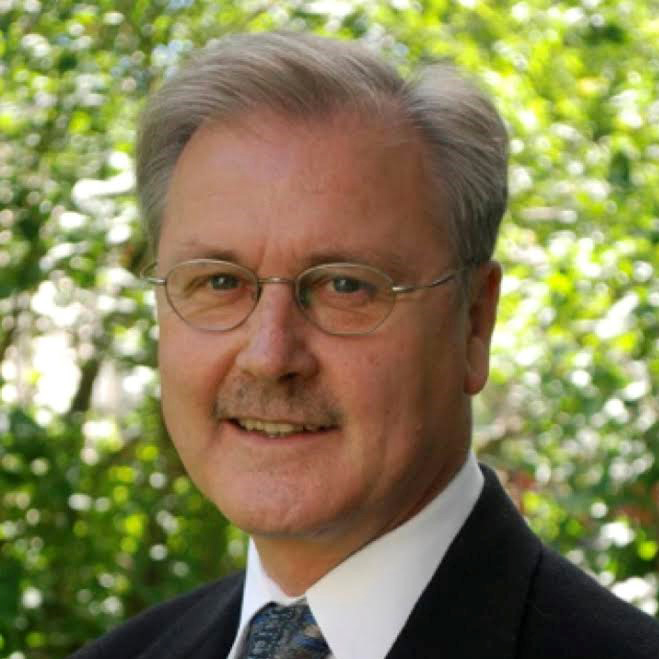
Donald Mykles, PhD
Professor, Department of Biology
Hormonal regulation of molting, limb regeneration, and skeletal muscle atrophy in decapod crustaceans. Neuropeptide and steroid control of cyclic nucleotide-, nitric oxide-, mTOR-, and TGFbeta-dependent signaling pathways are studied.
Donald.Mykles@colostate.edu
- Circuits and Systems,
- Developmental
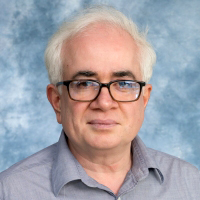
Ashok Prassad, PhD
Associate Professor, Department of Chemical and Biological Engineering
Quantitative and predictive models for molecular and cellular biology by using tools and methods from the engineering and physical sciences. We study biophysics of cell shape especially in cancer, mechanical properties of cells, synthetic biology, “big data” methods for cancer diagnosis and therapy, bacterial metabolism and mathematical and computational analysis of intracellular networks. We are also interested in how single cells including neurons do information processing and take decisions.
ashokp@engr.colostate.edu
- Computational

Noreen Reist, PhD
Professor, Department of Biomedical Sciences
Director of MCIN
Molecular and genetic techniques are used in conjunction with electrophysiology and ultrastructural analysis to determine the molecular mechanisms mediating neurotransmitter release at a living synapse. Studies applied to determine disease etiology in a familial myasthenic syndrome and a spontaneous human mutation resulting in profound cognitive impairment.
Noreen.Reist@colostate.edu
- Cellular and Molecular

Donald Rojas, PhD
Professor, Department of Psychology
Structural and functional neuroimaging techniques are used to examine sensory and motor processing in neurodevelopmental disorders such as autism and childhood onset schizophrenia.
Don.Rojas@colostate.edu
- Cognitive and Behavioral,
- Developmental
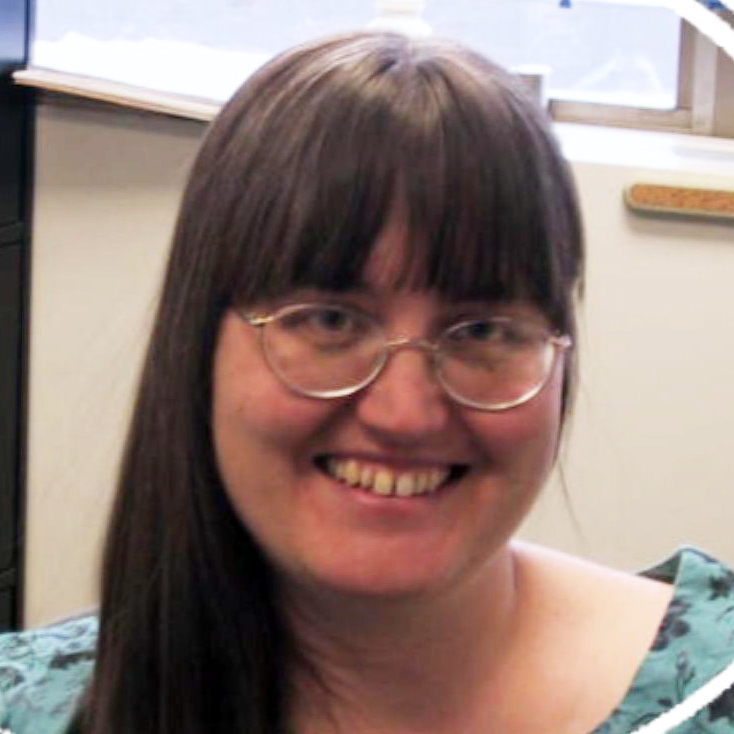
Carol Seger, PhD
Professor, Department of Psychology
Cognitive neuroscience of human learning, memory, and executive function using functional and anatomical neuroimaging techniques. Our overarching goal is to characterize how distributed networks across the brain support and represent learning and use of new skills, habits, and concepts. We also study the perceptual and cognitive functions of the basal ganglia and corticostriatal networks in healthy adults and those with basal ganglia disorders.
Carol.Seger@colostate.edu
- Cognitive and Behavioral

Bret Smith, PhD
Professor, Department of Biomedical Sciences
Neuroscience research in my laboratory focuses on two distinct programs. One is aimed at understanding the biological significance of neural circuitry in mammalian brainstem and hypothalamic regions that are involved in the autonomic control of feeding and metabolism, and the other is aimed at identifying neural changes thought to contribute to the development of acquired temporal lobe epilepsy (TLE) and posttraumatic epilepsy (PTE). The NIH and other agencies have continuously funded work on both programs for over 20 years to accomplish our research and training goals. We use a wide range of techniques to investigate complex issues related to central nervous system function and disease, including in vitro cellular electrophysiology, opto- and chemogenetics, behavior, molecular biological analyses, immunohistochemistry, electroencephalography (EEG), tract-tracing, and surgical techniques. Bret.Smith@colostate.edu
- Circuits and Systems

Jaclyn Stephens, PhD
Assistant Professor, Department of Occupational Therapy
Evaluates adolescents and young adults with sports-related concussion (SRC) and more severe traumatic brain injuries (TBI) using behavioral measures and neuroimaging techniques, like electroencephalography (EEG), functional near infrared spectroscopy (fNIRS), and functional magnetic resonance imaging (fMRI). Overarching goal of improving evaluation of SRC and TBI, so individuals can return to meaningful occupations without risk of new, secondary injuries like repeat concussions.
Jaclyn.Stephens@colostate.edu
- Neurodegeneration and Disease
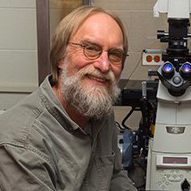
Michael Tamkun, PhD
Professor, Department of Biomedical Sciences
Molecular and cell biology of voltage-gated Na+ and K+ channels in nerve and muscle. Ion channel biology is studied using a variety of molecular, biochemical and cellular techniques, including voltage-clamp, live cell imaging and single molecule tracking.
Michael.Tamkun@colostate.edu
- Cellular and Molecular
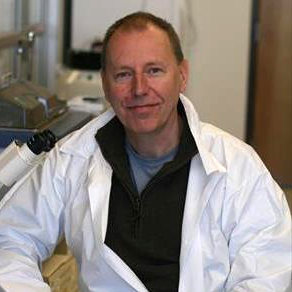
Glenn Telling, PhD
Professor, Department of Microbiology, Immunology and Pathology
While we are particularly recognized for our work on transgenic mouse modeling of prion diseases, our group is one of only a handful with the resources and expertise for studying prion diseases using whole animal, transgenic, cell biological, biochemical, and molecular genetic approaches. This places us in a unique position to investigate the molecular events underlying prion propagation, species barriers and strains, which remain the overarching goals of my research program.
Glenn.Telling@colostate.edu
- Cellular and Molecular,
- Neurodegeneration and Disease

Michael Thomas, PhD
Associate Professor, Department of Psychology
Our laboratory is concerned with interpretive and statistical challenges relevant to neuropsychological research and practice. We rely on methods and tools from psychometric theory, cognitive psychology, and neuroscience to conduct our research. Recent work seeks to develop computerized adaptive tests to improve the collection and interpretation of cognitive and brain imaging data. Other studies are aimed at better understanding the mediating processes involved in the development, maintenance, and remediation of cognitive dysfunction. A wide range of populations are studied, but we have a particular interest in schizophrenia, aging, and dementia.
Michael.L.Thomas@colostate.edu
- Cognitive and Behavioral
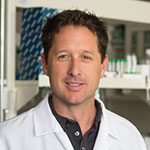
Ronald Tjalkens, PhD
Professor, Department of Environmental and Radiological Health Sciences
Research projects focus on the role of glial cells in neurodegeneration, neuroinflammatory signaling in Parkinson’s disease, astrocyte biology and calcium signaling, and mitochondrial dysfunction related to oxidative stress. Projects emphasize multi-dimensional fluorescence imaging, molecular approaches to modulate gene expression in neural cells, and the use of transgenic models.
Ron.Tjalkens@ColoState.edu
- Circuits and Systems,
- Neurodegeneration and Disease

Susan Tsunoda, PhD
Professor, Department of Biomedical Sciences
My lab’s research is generally focused on how neurons and synapses adapt to changes in global neural activity that can occur during pathological conditions like seizure, stroke, or disease, as well as changes in sensory input that can overload a system. Using Drosophila as a model, we use a wide variety of tools and approaches, from molecular genetics to cellular and biochemical techniques, electrophysiology, to whole animal behavior. Susan.Tsunoda@ColoState.edu
- Cellular and Molecular,
- Neurodegeneration and Disease

Chris Vaaga, PhD
Assistant Professor, Department of Biomedical Sciences
Examination of the neural circuits controlling innate defensive behaviors, with a particular interest in understanding the role of the cerebellum in contributing to and/or modulating such behaviors. The overarching goal of the lab is to understand innate fear behaviors from biophysics to behavior. To achieve this goal, the lab utilizes a highly integrative approach, combining in vitro and in vivo electrophysiological recordings, fiber photometry, viral-based circuit mapping, optogenetic circuit manipulation, single neuron modeling, and behavioral analysis. Chris.Vaaga@colostate.edu
- Cellular and Molecular
- Circuits and Systems
- Developmental
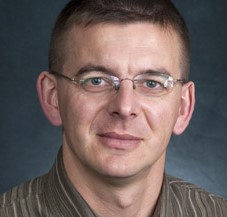
Jozsef Vigh, PhD
Associate Professor, Department of Biomedical Sciences
We focus on synaptic mechanisms underlying retinal visual information processing and light-driven behavior in vertebrates. Approaches based on patch clamp electrophysiology, in combination with pharmacological techniques and behavioral studies.
Jozsef.Vigh@ColoState.edu
- Cellular and Molecular,
- Sensation and Perception

Amanda Woerman
Associate Professor, Department of Microbiology, Immunology, & Pathology, and the Prion Research Center
The Woerman Lab is focused on developing a personalized medicine approach to diagnosing and treating neurodegenerative diseases. We investigate the role of protein misfolding in disease, as well as the factors that influence disease pathogenesis. We are using insights gained from this work to develop novel gene therapy approaches for treating and preventing disease. Amanda.Woerman@colostate.edu
- Cellular and Molecular,
- Sensation and Perception

Mark Zabel, PhD
Associate Professor, Department of Microbiology, Immunology and Pathology
Prion immunology, biochemistry and ecology.
Mark.Zabel@ColoState.edu
- Cellular and Molecular,
- Neurodegeneration and Disease
Affiliate Faculty

John Walrond, PhD
Associate Professor, Department of Biomedical Sciences
Structure and Function of central and peripheral nicotinic cholinergic synapses.
John.Walrond@ColoState.edu
- Cellular and Molecular,
- Circuits and Systems
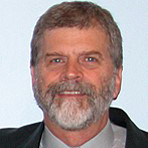
Ray Whalen, DVM
Department of Biomedical Sciences
Interactive multimedia educational programs.
Ray.Whalen@ColoState.edu
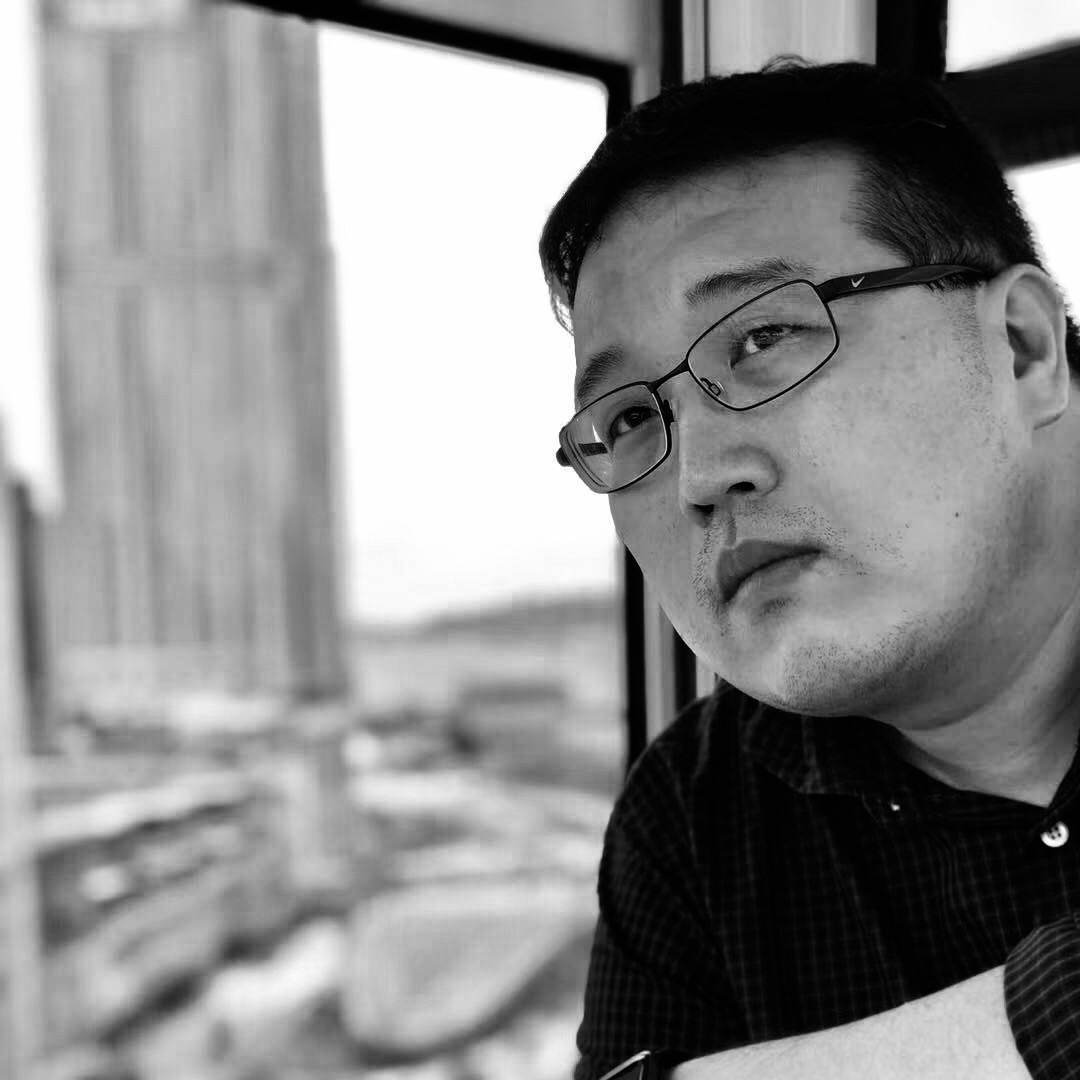
Wen Zhou, PhD
Associate Professor, Department of Statistics
High dimensional inference, statistical machine learning, multivariate time series, graphical and network models, neural network, genomics and connectomics.
riczw@stat.colostate.edu
- Computational
Emeritus Faculty
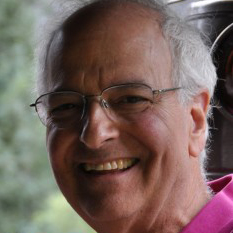
James Bamburg, PhD
Professor, Department of Biochemistry and Molecular Biology
Role of the cytoskeleton and associated proteins in neurodegenerative disorders, particularly the formation of cofilin-actin rods. Application of mouse genetics, neuronal and brain slice culture, biochemical, molecular biological, computer-enhanced microscopy & ultrastructural methods
James.Bamburg@colostate.edu
- Cellular and Molecular,
- Neurodegeneration and Disease
Contract and Continuing Faculty

Barbara Bernstein, PhD
Senior Research Scientist, Department of Biochemistry and Molecular Biology
The neuronal cytoskeleton; regulation and role of actin microfilaments in growth, synaptic transmission, and cell survival. Protein biochemistry, tissue culture, and a variety of optical imaging techniques are used.
bwb@colostate.edu
- Cellular and Molecular

Philip Quirk, PhD
Assistant Professor, Department of Biomedical Sciences
Regulation and function of ligand-gated ion channels.
Phillip.Quirk@colostate.edu
- Cellular and Molecular

Leslie Stone-Roy, PhD
Assistant Professor, Department of Biomedical Sciences
Sensory substitution and sensory perception in response to electrotactile stimulation in collaboration with the Department of Mechanical Engineering
Leslie.Stone-Roy@colostate.edu
- Computational,
- Sensation and Perception
